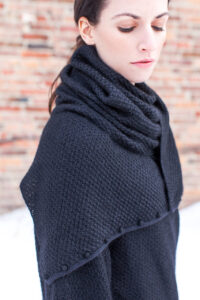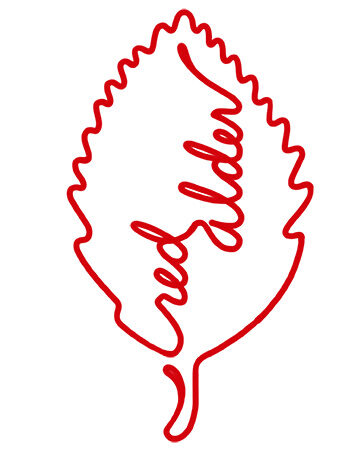Catherine Lowe
Thursday -Saturday All Day
For well over a century and a half, dressmakers have had access to a body of techniques that allow them to create garments of uncommon refinement, detail and craftsmanship. Catherine’s Couture Method of Garment Fabrication for handknitting offers a similar option to knitters.
This six-part class explores the premise of the Couture Method, takes a close, hands-on look at the essential techniques and demonstrates how they comprise a complete and comprehensive approach to garment fabrication.
After a brief introduction to the Couture Method, the discussion of garment fabrication begins with the knitted fabric — its structure and characteristics — and focuses specifically on how to create a fabric that is both stable and appropriate to the design. From there, attention moves to the garment itself and to those stages of the Method related to fabrication, construction and finishing. In order to explore the
fabrication and construction techniques as they are invoked by the process of garment fabrication, students will complete a small project that incorporates all of the most essential of these techniques and provides a practical example of how they are integrated into an actual project.
With each technique, the discussion will be concerned with the “why” — the theory behind its inclusion in the Couture Method, its role in a handknit project and what to expect from it — as well as with the “how” — its application and execution.
Students will leave the class with clear understanding of the Couture Method, how it differs from a more traditional approach to garment fabrication, how to integrate it into their individual knitting practice, and what outcomes derive from this approach.
Please note that this is a six-part class with homework and a good deal of in-class knitting. Note, too, that the class revisits material from several of Catherine’s other classes, notably The Basic Techniques of Couture Knitting. However, it differs significantly from her previous classes in that it gathers the disparate techniques that are the focus of these earlier classes into a single, coherent approach to and method of
garment fabrication with an emphasis on their sequence and integration into this Method and the outcome produced by the Method.
Skill Level: Experienced Knitters
Students should be comfortable with the following:
the structure of knitted fabric: how yarn moves through the fabric creating its structure; identify rows and columns of stitches; locate the running threads in a piece of knitted fabric.
stitch and row gauge: determine these gauges accurately.
blocking wires: know what they are and how they are used.
Students should be able to execute the following:
-knit long-tail cast-on
-knit and purl through the back loop of a stitch
-knit-up or pick up and knit stitches (same technique, different names)
-slip stitches, one or more at a time, through the front or back of the loop(s)
-knit and purl open running thread increases; knit and purl raised and slip raised increases
-k2tog and ssk decreases;
-knit and purl center double decreases yarnovers: from knit to knit, purl to purl, knit to purl, and purl to knit;
-knit or purl into a yarnover without dropping the yarnover from the
needle
Material fee: None

Student Supplies:
Yarn:
The choice of yarn is up to you. Please follow the guidelines identified in the homework: wool yarn, worsted spin, solid light color, DK or worsted weight, no superwash, roving, tweed, bouclé or novelty yarn. Use the same yarn in the same color for all of the swatches.
Needles:
Use whatever size needles you need to produce a stable fabric at a gauge that is appropriate for the yarn you have chosen.
Class Materials:
During class you will complete a small project and practice several techniques not included in the project.
Please have with you:
the ballband from the yarn used for the swatches;
all of the swatches you have prepared;
the notes you made as you prepared the swatches;
an additional ±200 yards of the yarn used for the swatches (to be used for in-class knitting; the in-class project will require ±150 yards of this yarn);
2-3 yards of smooth fingering or lace weight yarn that contrasts strongly with that chosen for the in-class project (to be used as waste yarn);
needles sizes 0 US/2.0 mm through 7 US/4.5 mm, preferably circular; you will need one 24” or 32”/60 cm or 80 cm circular size 0 US/2.0 mm or two 8”/20 cm double points that size with stoppers to prevent stitches from slipping off the ends;
your regular knitting notions: tapestry needle, scissors, etc.
Homework: The homework may be downloaded here.
